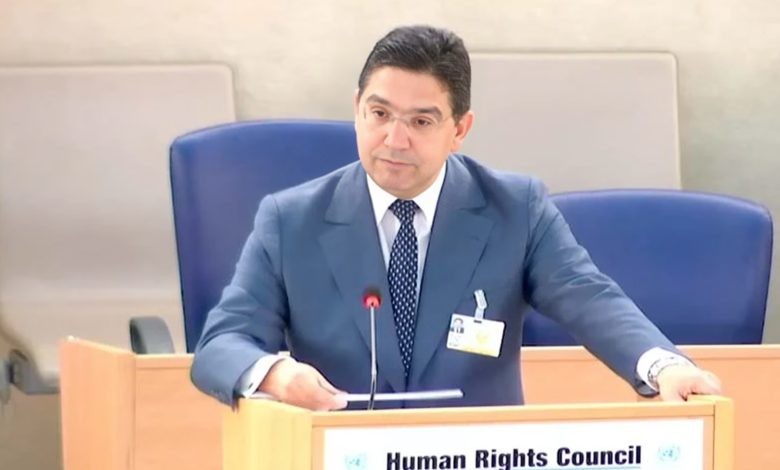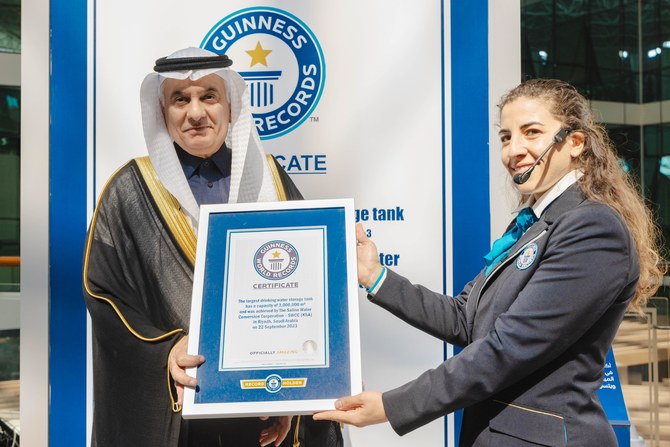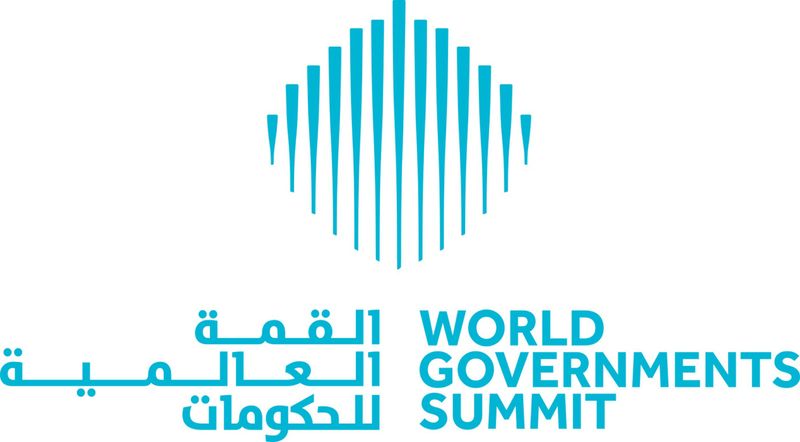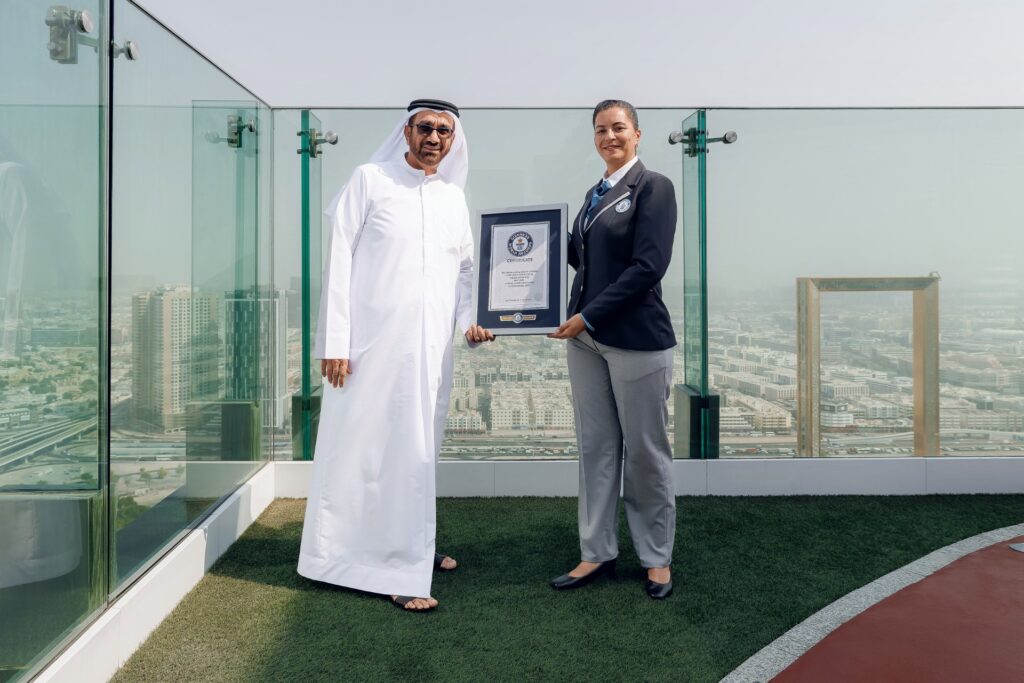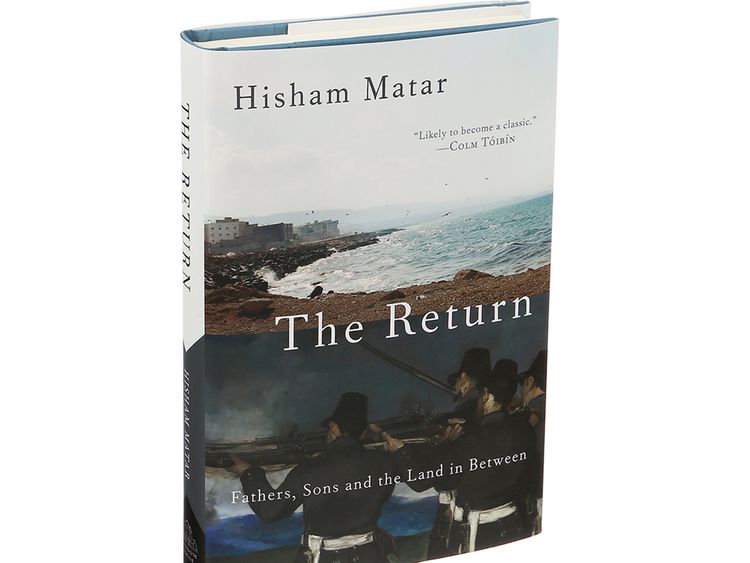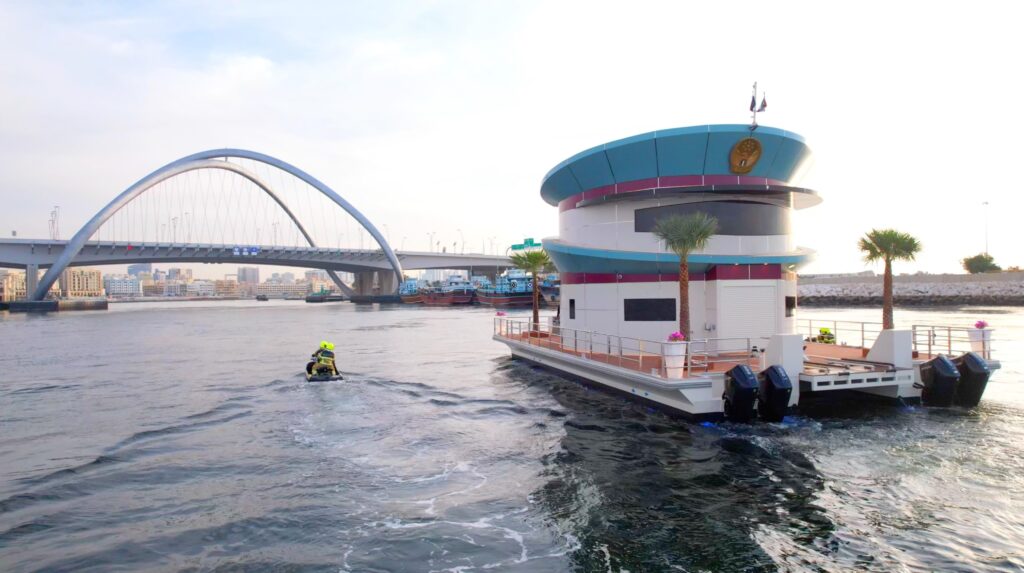• 2023 Gulf Air Bahrain Grand Prix wins Event Innovation Award at F1 Promoter Awards in London, which recognises exceptional achievements of Formula 1 venues across the world.
• Award recognized several key innovations at Bahrain International Circuit, including the establishment of an industry-leading solar facility.
The 2023 Formula 1 Gulf Air Bahrain Grand Prix has won The Event Innovation Award at the F1 Promoter Awards in London. The ceremony recognizes key achievements of F1 venues across the world, with Bahrain picking up the award for a number of industry-leading innovations over the last twelve months. These included key sustainability initiatives as well as technology developments in areas including race control and traffic management.
The awards themselves are arranged and judged by Formula 1, the commercial rights holder of the sport. Categories are open to all Formula 1 venues from across the world, with a shortlist of three circuits announced in advance of the awards ceremony. Arif Rahimi, Chairman of Bahrain International Circuit, collected the award on behalf of BIC, which was presented by F1’s Chief Commercial Officer, Emily Prazer. The awards ceremony was attended by other senior BIC management, as well as Formula 1 promoters and partners from around the world.
The Event Innovation award was presented to the F1 venue which demonstrated the most significant innovation in their event delivery, commercial product offering or infrastructure. Announcing The 2023 Gulf Air Bahrain Grand Prix as the overall winner, the judges recognized several key innovations at BIC, including:
• BIC’s industry-leading solar production facility: In its first year of operation the solar park at BIC produced over 5 million KWH of clean energy, enough renewable energy to cover all the usage for F1 with significant capacity to spare, the equivalent of offsetting 3,108 tonnes of carbon.
• Innovative energy saving measures: In 2023, BIC undertook a number of measures to reduce energy consumption. This has included a new building management system that efficiently monitors and manages light and air conditioning provision, an upgrade to more efficient air conditioning chillers and the replacement of all street and building lighting to LED lights. BIC’s combined energy saving measures saved over 30% in energy use over the year.
• Innovative technology in race control: In 2023, BIC installed a first of a kind system in the world that links flag digital panels on track to cameras in race control – with the specific camera automatically highlighting the relevant flagged area of the circuit. This saves officials in race control crucial time when looking into incidents.
• Digitalization: BIC introduced digitalized directional signage for fans coming into the circuit, enabling better proactive and efficient management of traffic, which reduced overall traffic queues and alleviated the need for printing materials for temporary signs.
source/content: bahraingp.com (headline edited)
_________

____________
BAHRAIN
